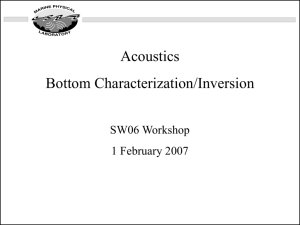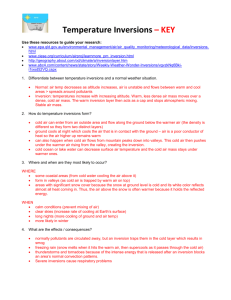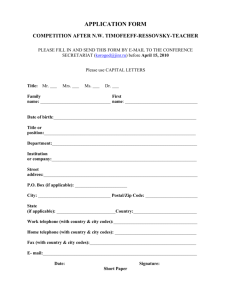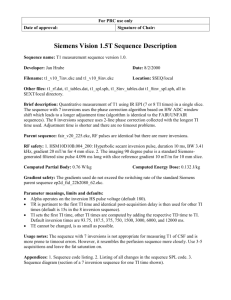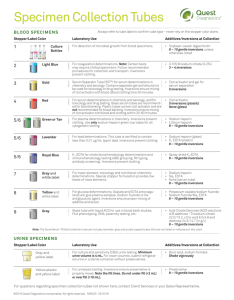Solution to Homework 1
advertisement
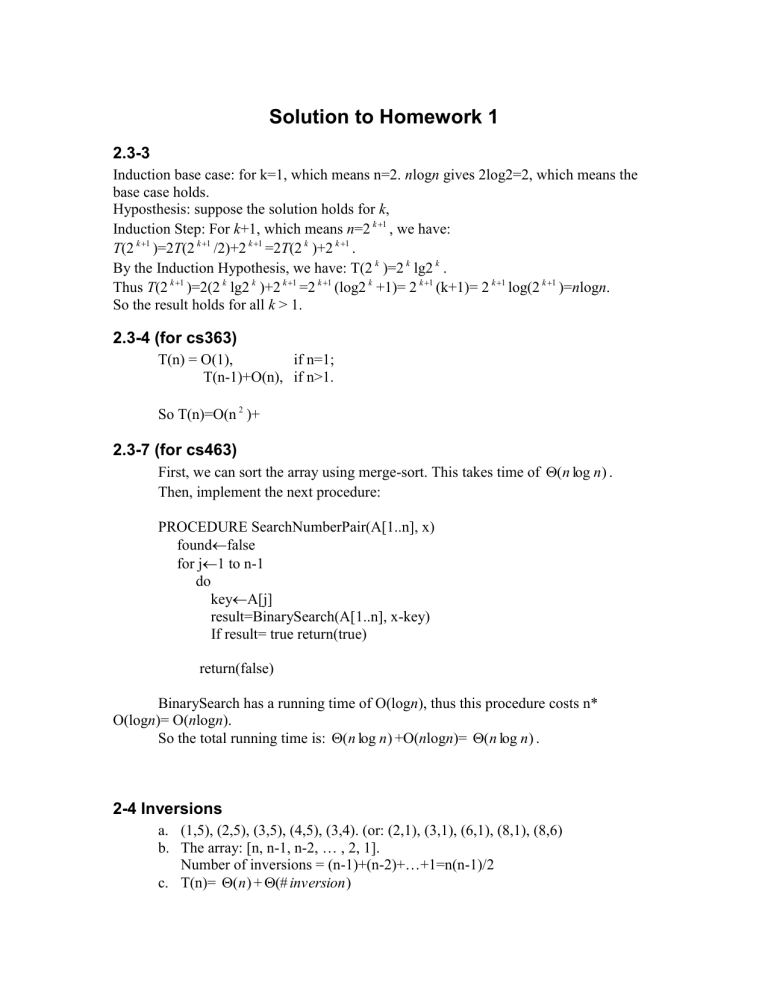
Solution to Homework 1 2.3-3 Induction base case: for k=1, which means n=2. nlogn gives 2log2=2, which means the base case holds. Hyposthesis: suppose the solution holds for k, Induction Step: For k+1, which means n=2 k 1 , we have: T(2 k 1 )=2T(2 k 1 /2)+2 k 1 =2T(2 k )+2 k 1 . By the Induction Hypothesis, we have: T(2 k )=2 k lg2 k . Thus T(2 k 1 )=2(2 k lg2 k )+2 k 1 =2 k 1 (log2 k +1)= 2 k 1 (k+1)= 2 k 1 log(2 k 1 )=nlogn. So the result holds for all k > 1. 2.3-4 (for cs363) T(n) = O(1), if n=1; T(n-1)+O(n), if n>1. So T(n)=O(n 2 )+ 2.3-7 (for cs463) First, we can sort the array using merge-sort. This takes time of (n log n ) . Then, implement the next procedure: PROCEDURE SearchNumberPair(A[1..n], x) foundfalse for j1 to n-1 do keyA[j] result=BinarySearch(A[1..n], x-key) If result= true return(true) return(false) BinarySearch has a running time of O(logn), thus this procedure costs n* O(logn)= O(nlogn). So the total running time is: (n log n ) +O(nlogn)= (n log n ) . 2-4 Inversions a. (1,5), (2,5), (3,5), (4,5), (3,4). (or: (2,1), (3,1), (6,1), (8,1), (8,6) b. The array: [n, n-1, n-2, … , 2, 1]. Number of inversions = (n-1)+(n-2)+…+1=n(n-1)/2 c. T(n)= (n ) + (# inversion ) d. Modify the merge-sort procedure, and calculate inversions during the mergesort process and merge process: (1) during Merge-sort(A, p, r) #inversions in Merge-sort(A,p,r)=#inversions in Merge-sort(A,p,q) + #inversions in Merge-sort(A,q+1,r)+ #inversions in Merge(A,p,q,r) (2) during Merge(A,p,q,r), j1 i1 #inversions 0 for kp to r do if L[i]<=R[j] then A[k] L[j] iI+1; else L[I] R[j] #inversions#inversions+r-I+1 jj+1; Obviously, the additional running time in calculating inversions is no more than (n lg n ) . Thus the total running time is: T(n)= (n lg n ) + (n lg n ) = (n lg n ) 4-1 Recurrence Examples Master Therorem case 3. T(n)= (n3) Master Therorem case 3. T(n)= (n) Master Therorem case 2. T(n)= (n2lgn) Master Therorem case 3. T(n)= (n2) Master Therorem case 1. T(n)= (nlg7) Master Therorem case 2. T(n)= (n1/2lgn) Using iteration. T(n)=n+T(n-1) = n+n-1+….+2+T(1) =n(n+1)/2 + (1)= (n2) h. Changing variables Let m=lgn, thus we have T(2m)=T(2m/2) + 1 Rename S(m)=T(2m), then S(m)=S(m/2) + 1 Using Master Theorem case 2, we get S(m)= (lgm) T(n)=T(2m)=S(m)= (lgm)= (lglgn) a. b. c. d. e. f. g.



